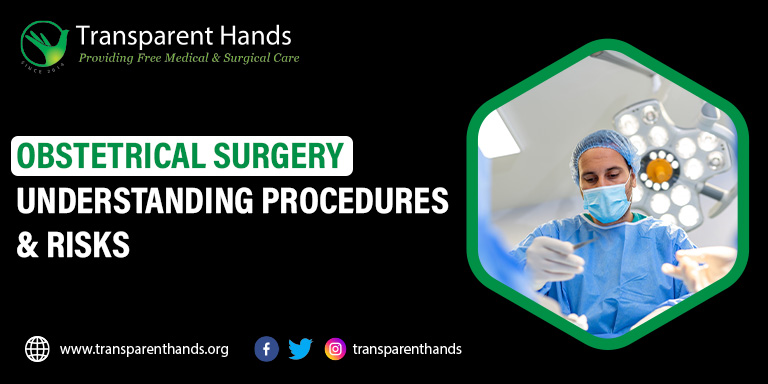Obstetrical Surgery: Understanding Procedures and Risks

Obstetric surgery refers to any surgical procedure related to childbirth, including cesarean section, episiotomy, and assisted vaginal delivery. Obstetrical surgery is a common practice around the world, and it is important for expectant mothers to be aware of the different types of procedures and the risks associated with them. In this article, we will explore the most common obstetrical surgeries and the risks associated with them.
Obstetrical Surgery Procedures
1. Cesarean Section (C-Section)
A cesarean section, also known as a C-section, is a surgical procedure in which a baby is delivered through an incision made in the mother’s abdomen and uterus. C-sections are usually performed when vaginal delivery is not possible or safe for the mother or baby, such as in cases of breech presentation, placenta previa, or fetal distress.
2. Episiotomy
An episiotomy is a surgical cut made in the perineum, the area between the vaginal opening and anus, to widen the birth canal during delivery. This procedure is usually done to prevent tearing of the perineum during delivery.
3. Assisted Vaginal Delivery
Assisted vaginal delivery refers to a vaginal delivery that requires the use of instruments such as forceps or a vacuum extractor to help guide the baby out of the birth canal. This procedure is usually done when there are difficulties with the baby’s position or the mother’s pushing efforts.
Risks Associated with Obstetrical Surgery
1. Infection
Infection is a common risk associated with any surgical procedure, including obstetric surgery. Infections can occur in the incision site or in the uterus, and they can be serious if not treated promptly.
2. Hemorrhage
Hemorrhage, or excessive bleeding, can occur during or after obstetric surgery. This can be due to a variety of factors, including placenta previa, uterine atony, or trauma to the uterus or blood vessels during surgery.
3. Blood Clots
Blood clots can form in the legs or lungs after obstetric surgery, especially if the mother is not able to move around much after the procedure. This can be a serious and potentially life-threatening complication.
4. Anesthesia Complications
Anesthesia is used during most obstetric surgeries, and complications can occur. These can include reactions to the anesthesia, respiratory depression, or nerve damage.
Conclusion
Obstetrical surgery is a common practice to deliver a child into this world, and it is important for expectant mothers to understand the different types of procedures and the risks associated with them. It is important to have an open and honest discussion with your healthcare provider about the need for the surgery and the potential risks and benefits. With proper care and monitoring, the risks associated with obstetric surgery can be minimized, and both mother and baby can have a safe and healthy delivery.










Leave Your Comments